|
|
|
 Joel's Blog Joel's Blog |
 Built-It Blog Built-It Blog |
 Video Roundup Video Roundup |
 Classes & Events Classes & Events |
 Work Magazine Work Magazine |
|
Hours: M-F 9:00-5:00, closed Sat,Sun Our Guarantee & Return Policy Shipping and Sales Tax Info Privacy Policy Holiday Calendar |
|
Contact Us:
Email: support@toolsforworkingwood.com Phone: 800-426-4613 or 718-499-5877 Visit Us in Brooklyn: Directions to Our Showroom © 1999-2019 toolsforworkingwood.com Powered by 01 Inc. Coded entirely in NYC |



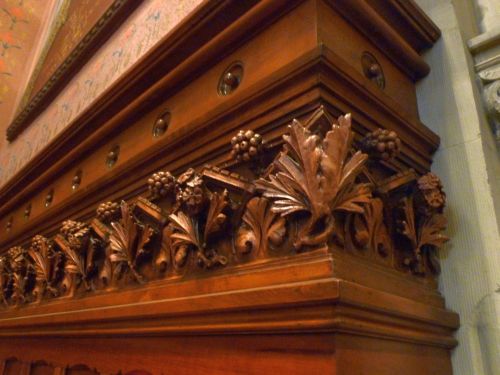 During a recent trip to Boston I didn't see any interesting furniture, it was just not that sort of trip. We saw friends, ate, walked around, entertained the kid, and ate some more. We did however, stop at
During a recent trip to Boston I didn't see any interesting furniture, it was just not that sort of trip. We saw friends, ate, walked around, entertained the kid, and ate some more. We did however, stop at 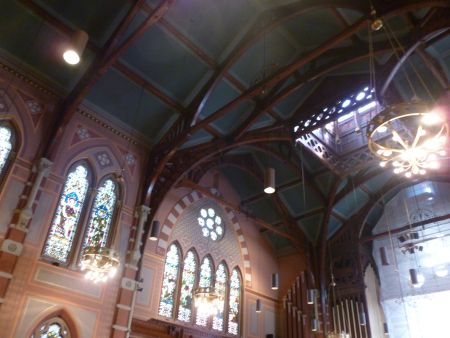
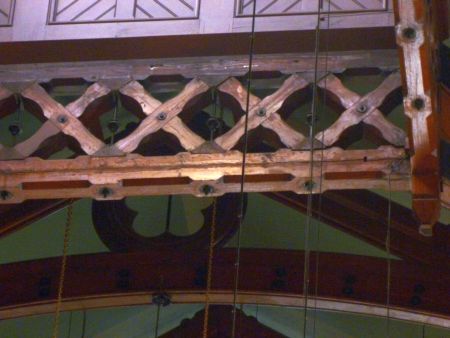
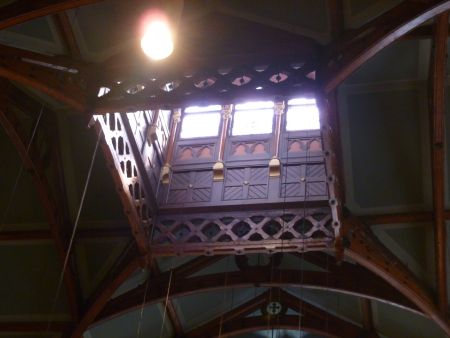
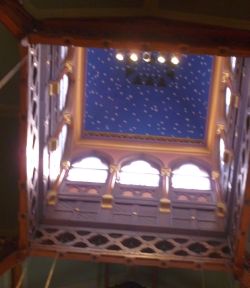
One of my ancestors started the original congregation in the 17th Century. It later became Old South Meeting House on Milk Street, which succeeded the Cedar Meeting House of 1670. The British occupied the Milk Street building during the Revolutionary War and used it as an officer's riding academy as an insult to the insurrectionists. It had also been a primary meeting place for the revolutionists, and was the gathering place for the Boston Tea Party.
The Milk Street building burned, almost completely (but later restored), and the current New Old South arose during the landfill development of Back Bay.
Sidebar: Thomas Thacher, who founded the original church in opposition to the established church (he thought Indians could be baptized into Christianity despite not being born into it), also published the first known medical tract in the colonies. The only surviving original -- about measles and smallpox, which were thought the same disease at the time -- is in the Harvard Med School Library, where Thomas "read" in medicine shorty after Harvard's founding. Actually, he plagiarized a British broadsheet, but it was a landmark in those pre-Internet years.
Two of his descendants wrote histories of early New England medicine, one of whom described his experiences as the surgeon who treated Revolutionary officers. His book also nicely described the boys at Bunker Hill and the chase back to Boston, which he accompanied.
The last time I visited Old South a couple of decades ago, the church office had a portrait of Thomas on the wall. Spittin' image of my grandpa (Charles Thacher Howson). But the wood captured my total attention. You could stand there for hours just tracing the detail from one beam or carving to the next. And I didn't know a thing about woodworking back then. Your description adds great insight and motivation to visit Boston again.